Research Progress on the Treatment of Urticaria with Traditional Chinese Medicine (TCM) Characteristics
DOI: 10.23977/medcm.2025.070216 | Downloads: 4 | Views: 377
Author(s)
Shufan Qin 1, Yaoyu Qi 1, Ke Liu 1, Huiling Jing 2
Affiliation(s)
1 First Clinical Medical College, Shaanxi University of Chinese Medicine, Xianyang, 712046, Shaanxi, China
2 Xi'an Hospital of Traditional Chinese Medicine Department of Dermatology, Xi'an Affiliated Hospital of Shaanxi University of Traditional Chinese Medicine, Xi'an, 710021, Shaanxi, China
Corresponding Author
Huiling JingABSTRACT
Urticaria is a common allergic skin disease, characterized by a long course, tendency to relapse, and difficulty in healing. The pathogenesis of urticaria is not yet fully understood. Modern medicine mainly believes that it is related to the activation of mast cells, which leads to increased vascular permeability and consequently causes localized edematous reactions in the skin. The treatment primarily relies on traditional drugs, but the therapeutic effects are generally unsatisfactory, and the condition is prone to recurrent episodes. In contrast, traditional Chinese medicine (TCM) has unique advantages in the treatment of urticaria. This article aims to summarize the current TCM-based treatment strategies for urticaria, providing a reference for future clinical practice.
KEYWORDS
Urticaria; Traditional Chinese Medicine; Research Progress; ReviewCITE THIS PAPER
Shufan Qin, Yaoyu Qi, Ke Liu, Huiling Jing, Research Progress on the Treatment of Urticaria with Traditional Chinese Medicine (TCM) Characteristics. MEDS Chinese Medicine (2025) Vol. 7: 122-128. DOI: http://dx.doi.org/10.23977/medcm.2025.070216.
REFERENCES
[1] Chinese Medical Association of Dermatology and Venereology, Urticaria Research Center. Chinese Guidelines for the Diagnosis and Treatment of Urticaria (2018 Edition) [J]. Chinese Journal of Dermatology, 2018, 52(1): 1-5.
[2] Bao Meimei, Zhu Yantao, Xu Minhua. Research Progress on the Treatment of Chronic Urticaria with Traditional Chinese Medicine [J]. New Chinese Medicine, 2020, 52(6): 8-10.
[3] Daschner A, Fernandez-Figares V, Valls A, et al. Different fish-eating habits and cytokine production in chronic urticaria with and without sensitization against the fish parasite Anisakis simplex [J]. Allergology International, 2013, 62(2): 191-201.
[4] Moy A P, Murali M, Nazarian R M. Identification of a Th2- and Th17-skewed immune phenotype in chronic urticaria with Th22 reduction dependent on autoimmunity and thyroid disease markers [J]. Journal of Cutaneous Pathology, 2016, 43(4): 372-378.
[5] Dai Shufang. Research on the Syndrome Regularity of Chronic Urticaria in Traditional Chinese Medicine [D]. Henan: Henan University of Traditional Chinese Medicine, 2009.
[6] Ding Peijun. Clinical Experience of Sun Shidao in Treating Chronic Urticaria [J]. Shanghai Journal of Traditional Chinese Medicine, 2017, 51(3): 2031-2032.
[7] Li Jingwen. Summary of Professor Liu Aimin's Clinical Experience in Treating Chronic Urticaria from the Perspective of Wind [D]. Henan University of Traditional Chinese Medicine, 2022.
[8] Liu Aimin. Traditional Chinese Medicine Diagnosis and Treatment of Skin Diseases and Case Analysis [M]. People's Medical Publishing House, 2016, 4: 16, 17, 18, 19, 23, 24, 25, 26, 27, 28.
[9] Zhou Donghao. The Natural Science Basis of Yin and Yang in the Concept of Yingwei [C] // Proceedings of the 14th Chinese Conference on Combined Traditional Chinese and Western Medicine Experimental Medicine, 2017: 282-288.
[10] Zhou Mingai, Zhou Donghao. A New Interpretation of Yingwei from the Perspective of Complex Systems Science [J]. Chinese Journal of Traditional Chinese Medicine, 2011, 29(06): 1363-1365.
[11] Feng Ke. On the Regulation of Yingwei in Cases of Heart Damage [J]. Fujian Journal of Traditional Chinese Medicine, 2010, 41(02): 50-51.
[12] Song Zongzhen. Clinical Observation of Danggui Yinzi Combined with Guizhi Tang Plus Ebastine Tablets in the Treatment of Nocturnal Chronic Urticaria [D]. Chengdu University of Traditional Chinese Medicine, 2019.
[13] Xu Pingping, Lan Haibing. Discussion on Chronic Urticaria from the Perspective of Yingwei Disharmony [J]. Chinese Community Doctor, 2020, 36(18): 104+106.
[14] Song Zhiqiong. Efficacy of Modified Guizhi Jia Longgu Muli Tang in the Treatment of Chronic Urticaria [J]. Chinese Journal of Continuing Medical Education, 2019, 11(16): 137-139.
[15] Dong Meichen. Summary of Professor Chen Yiguo's Experience in Treating Urticaria Based on the Theory of Harmonizing Yingwei [D]. Liaoning University of Traditional Chinese Medicine, 2019.
[16] Liu Cuiyan. Clinical Observation of Modified Guizhi Jia Longgu Muli Tang in the Treatment of Urticaria [J]. Shenzhen Journal of Integrated Traditional Chinese and Western Medicine, 2017, 27(19): 57-58.
[17] Yang Zhongyang, Xu Qingwu, Yao Yingyu, Zhang Xuanqi, Li Dan, Zhang Shuo. Efficacy Observation of Modified Guizhi Tang Combined with Fire Needle Therapy in the Treatment of 60 Cases of Cold Urticaria [J]. Chinese Journal of Traditional Chinese Medicine, 2021, 36(04): 2422-2425.
[18] Chen Shaofei. Impact of Modified Guizhi Tang Combined with Acupoint Application on Symptom Improvement and Recurrence Rate in Patients with Chronic Cold Urticaria [J]. Modern Diagnosis and Treatment, 2020, 31(01): 29-30.
[19] Wu Min, Guo Jing, Zhang Hongya, et al. Clinical Observation of Modified Guizhi Tang in the Treatment of 30 Cases of Cold Urticaria with Wind-Cold Binding the Exterior Syndrome [J]. Journal of Traditional Chinese Medicine, 2020, 61(19): 1717-1720.
[20] Tao Jinzhuo, Ma Tieming. Characteristics and Advantages of Traditional Chinese Medicine External Therapy for Chronic Urticaria [J]. Asia-Pacific Traditional Medicine, 2019, 15(6): 194-196.
[21] Huang Yan, Liang Chengzhi, Ou Baisheng, et al. "Weiwei Gu Biao" Method Combined with Acupoint Patch Therapy in the Treatment of 30 Cases of Chronic Urticaria [J]. Journal of Traditional Chinese Medicine External Therapy, 2016, 25(3): 14-15.
| Downloads: | 8750 |
|---|---|
| Visits: | 538260 |
Sponsors, Associates, and Links
-
MEDS Clinical Medicine
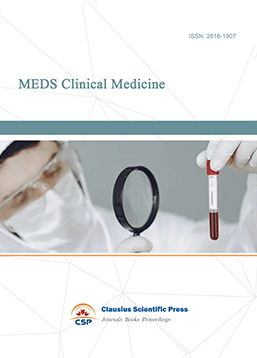
-
Journal of Neurobiology and Genetics
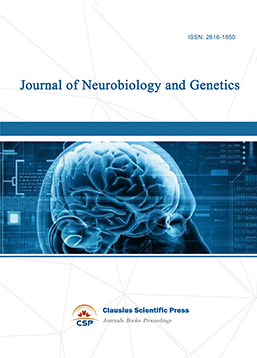
-
Medical Imaging and Nuclear Medicine
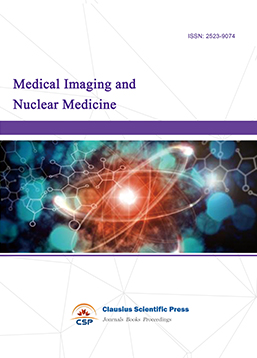
-
Bacterial Genetics and Ecology
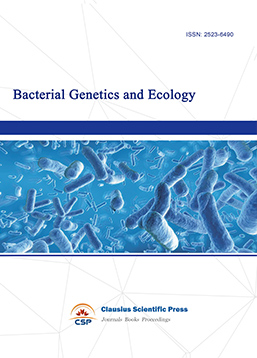
-
Transactions on Cancer
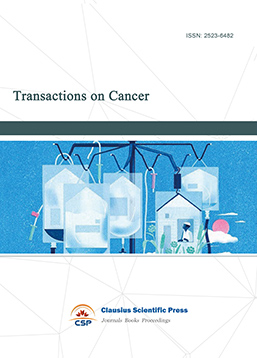
-
Journal of Biophysics and Ecology
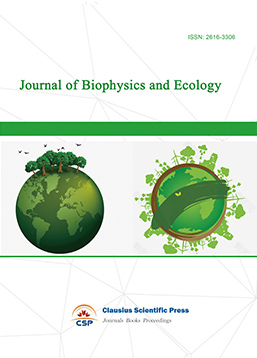
-
Journal of Animal Science and Veterinary
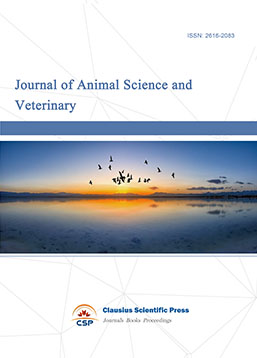
-
Academic Journal of Biochemistry and Molecular Biology
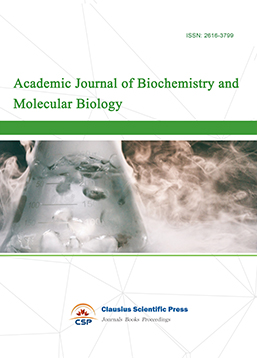
-
Transactions on Cell and Developmental Biology
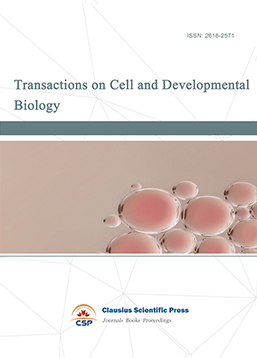
-
Rehabilitation Engineering & Assistive Technology
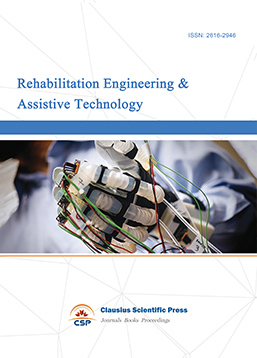
-
Orthopaedics and Sports Medicine
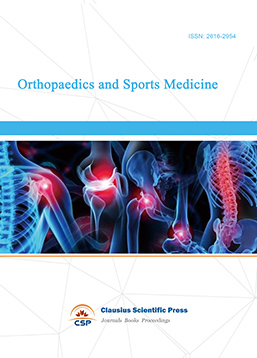
-
Hematology and Stem Cell
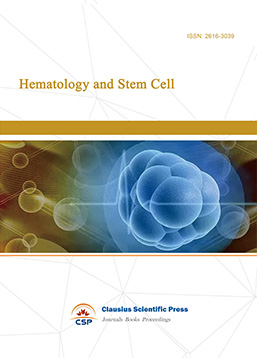
-
Journal of Intelligent Informatics and Biomedical Engineering
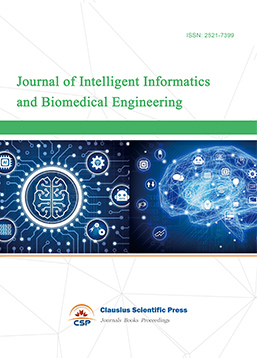
-
MEDS Basic Medicine
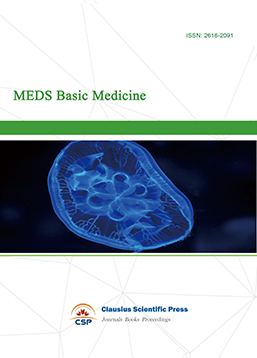
-
MEDS Stomatology

-
MEDS Public Health and Preventive Medicine
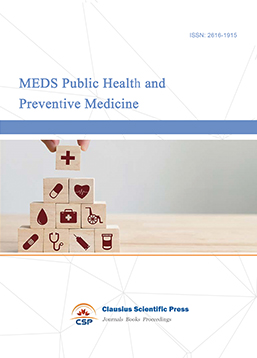
-
Journal of Enzyme Engineering
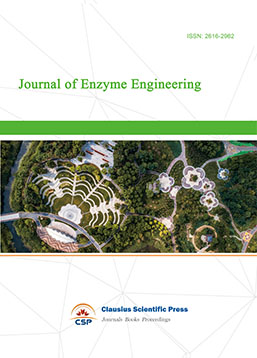
-
Advances in Industrial Pharmacy and Pharmaceutical Sciences
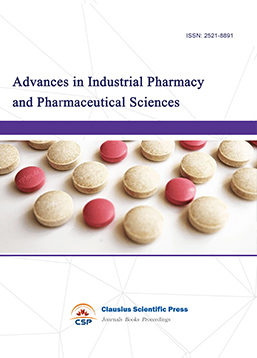
-
Bacteriology and Microbiology
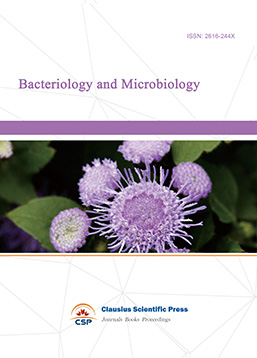
-
Advances in Physiology and Pathophysiology
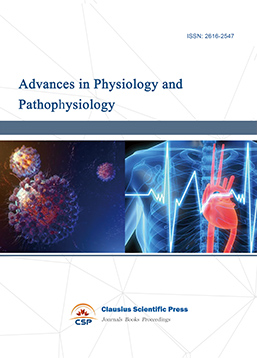
-
Journal of Vision and Ophthalmology
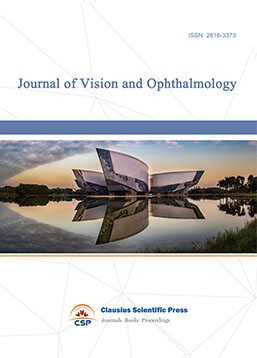
-
Frontiers of Obstetrics and Gynecology
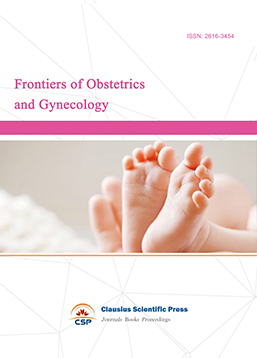
-
Digestive Disease and Diabetes

-
Advances in Immunology and Vaccines

-
Nanomedicine and Drug Delivery

-
Cardiology and Vascular System

-
Pediatrics and Child Health
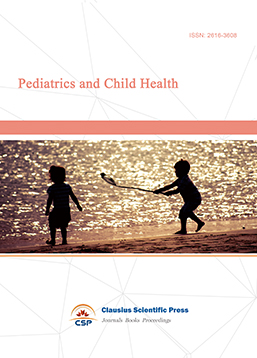
-
Journal of Reproductive Medicine and Contraception

-
Journal of Respiratory and Lung Disease
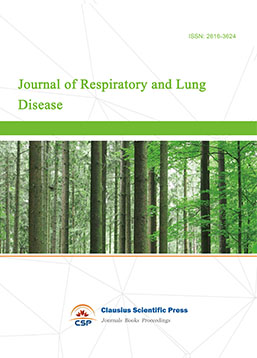
-
Journal of Bioinformatics and Biomedicine
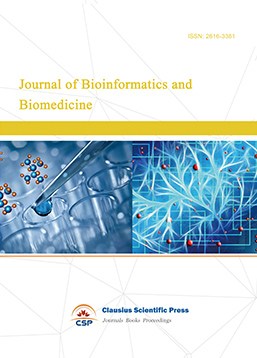

 Download as PDF
Download as PDF